FINALLY! A HUGE change has been made to support our nation’s major mental health crisis, thanks to former President Donald Trump
The 988 hotline was approved in 2020 when President Trump signed the National Suicide Hotline Designation Act.
Suicide is the 10th leading cause of death in the United States, according to figures from the American Foundation for Suicide Prevention.
In 2019 alone, there were more than 47,500 deaths due to suicide nationwide.

The 988 hotline was launched on July 16th and is available in all 50 states, and the 5 major U.S. territories—American Samoa, Guam, Northern Mariana Islands, Puerto Rico, and U.S. Virgin Islands, however, some health care professionals fear that not every state will be prepared to take the calls.
The National Academy for State Health Policy (NASHP), reports that only 21 states have enacted legislation to support the rollout of 988 — laws that would help to fund more staff and help integrate 988 into existing crisis call systems, among other necessary tools for success.
What Happens When You Call 988?
When a person calls 988, a certified counselor at a call center will guide them through the crisis in the majority of cases. If more help is needed, 988 will send a mobile crisis team made up of mental-health experts and peer-support counselors. The hotline (988) will also direct people to mental-health facilities where trained staff can observe and provide additional counseling and support. For longer-term care, they will be directed to residential facilities.
“988 represents probably the most potentially transformative federal legislation in mental health that we’ve seen in decades,” says Dr. Ashwin Vasan, New York City health commissioner.
There is Still More Work to Do…
The 988 hotline will require building a compassionate crisis response system. Funding, staffing, and insurance reimbursements will be needed, and it’s important we alert our elected officials on the importance of making positive changes to improve our nation’s mental health crisis.
“We are sitting in the context of a system that is fragmented and frankly has a lot of gaps in terms of providing services for individuals,” says John Palmieri, director of 988 and behavioral health crisis at the Substance Abuse and Mental Health Services Administration (SAMHSA).
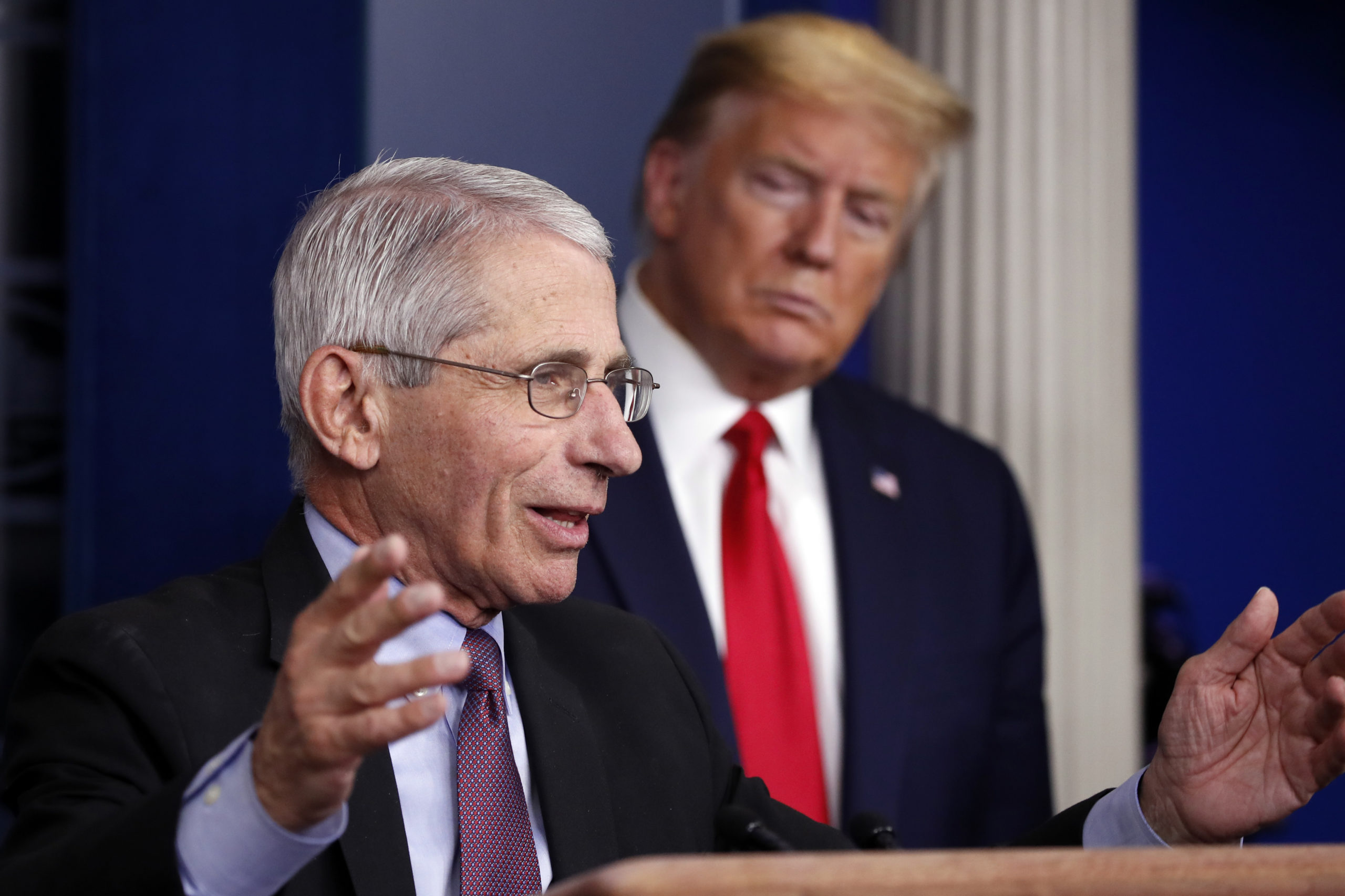
The COVID-19 pandemic had a major negative effect on the United States’ mental health crisis.
Dr. Elizabeth Lombardo, a Chicago-based clinical psychologist, entrepreneur and author of “Get Out of the Red Zone,” noted the toll that the COVID-19 pandemic has taken on the mental health of many young people. A longtime advocate of increasing access to the suicide hotline, she has a simple motto: “If you think you need help, get the help,” she said.
“We know that suicide rates, at least suicidal ideation/thoughts, are certainly increasing. We know that rates to the emergency room for suicidal thoughts are certainly increasing in certain groups, like teenage girls,” Lombardo said. “But this pandemic has put a lot of people into a state of what I will call the ‘red zone,’ the psychological red zone, which, by the way, is when we’re at levels of distress. If it goes from zero to 10, it’s seven out of 10 or higher. And when we’re at those high levels of distress, our brain functions differently.”
In 2019, prior to the COVID-19 pandemic, 19.86% of adults experienced a mental illness, equivalent to nearly 50 million Americans.
The WHO recently reported that nearly 1 BILLION people have a mental disorder.
While therapy was once stigmatized, it has now become a very popular and useful outlet for people to seek the help they need.
Most people will openly admit that they struggle with either depression, anxiety, or overwhelming stress.
Therapy is an effective and comforting resource many people have incorporated into their weekly self-care routines.
READ MORE: Why Innovation is Critical to a Successful Business
ABOUT THE WRITER:
Elena Patestas is a journalist and writer for Valuetainment media. She attended Pepperdine University in Malibu, California, and Adelphi University on Long Island, New York. She was born and raised in Roslyn, New York, and currently lives in Miami, Florida.
Elena is passionate about bringing positive change to our world and believes education is the root to solving many societal problems. After overcoming a chronic health condition, Elena became passionate about health and believes food is the key to preventing dis-ease and achieving optimum health.
Amongst her many goals, she hopes to bring positive, impactful change to our world to create a healthy, financially sound, and unified society.

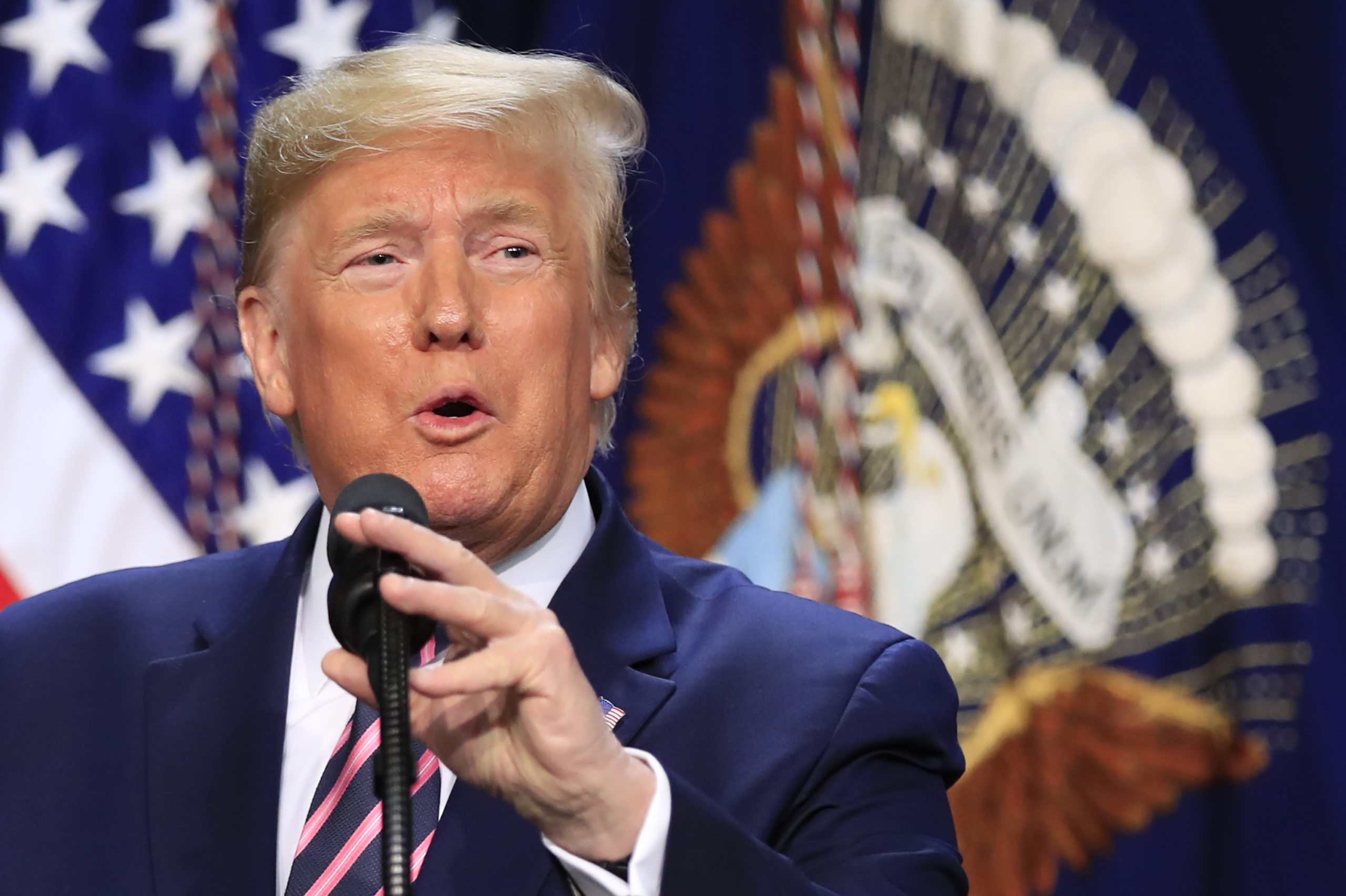



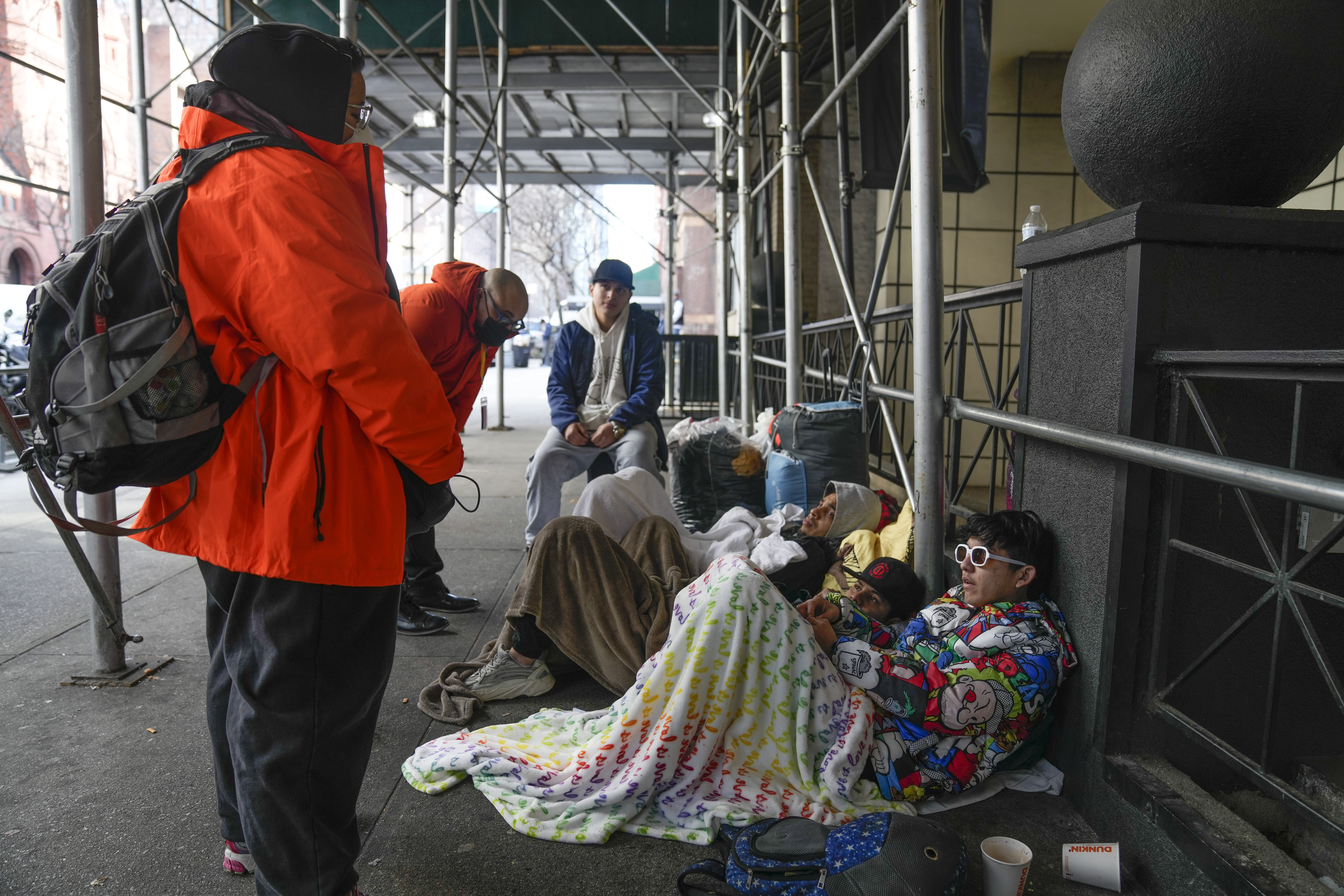


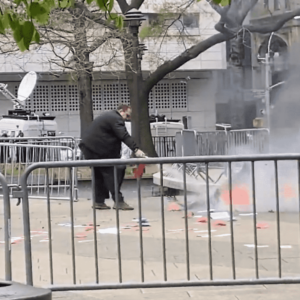

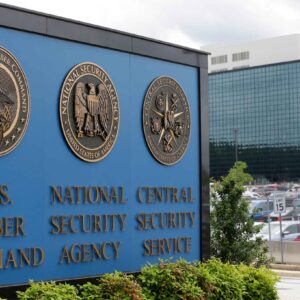








Add comment